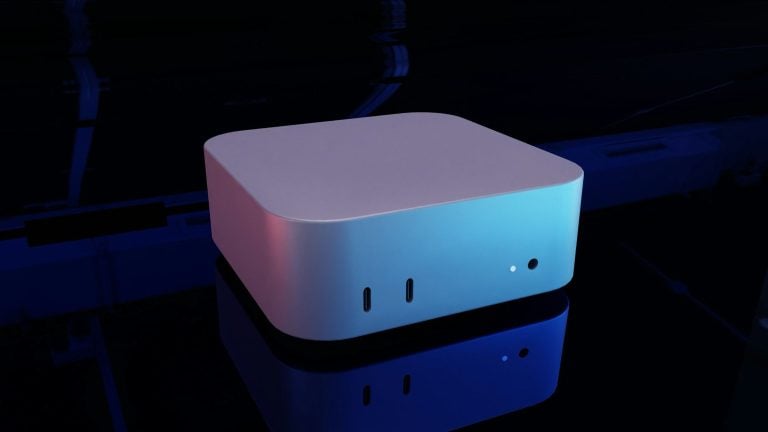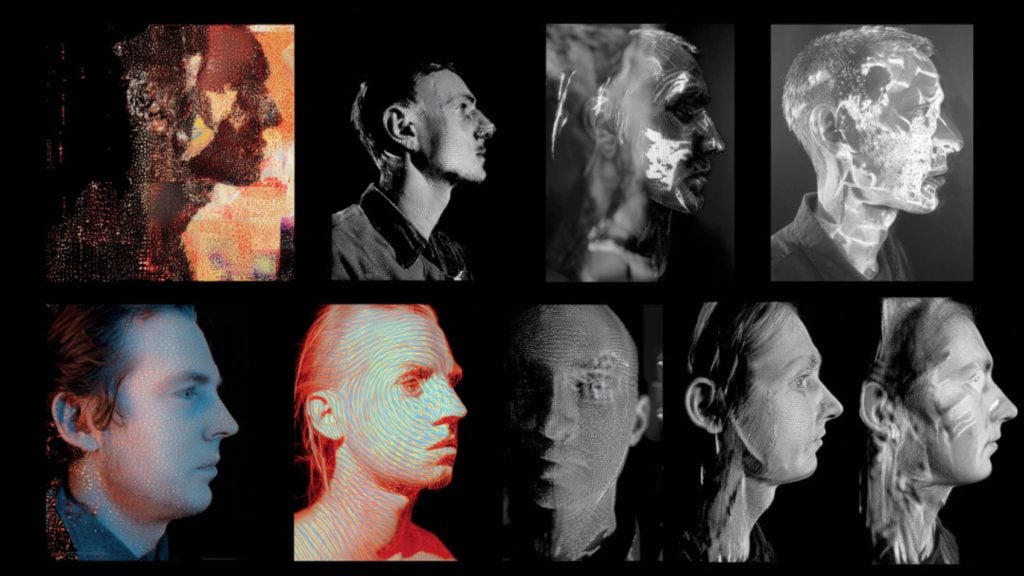Starting October 12, Americans flying to Europe will encounter a very different system at passport control.
Nearly 30 countries in the Schengen Area are switching to the EU’s new Entry-Exit System (EES), a digital border program designed to replace the traditional stamping of passports with electronic records and biometric checks.
The Schengen zone includes most of the EU, such as France, Germany, and Italy, as well as non-EU members Switzerland, Iceland, Liechtenstein, and Norway.
For decades, travel within this zone has involved minimal border controls, but the introduction of the EES marks a move toward more structured monitoring of visitors from outside Europe.
For US citizens, the immediate change is that border officers will no longer stamp passports.
Instead, personal information such as names, passport numbers, and entry and exit dates will be stored in a centralized database.
First-time arrivals after October 12 will also need to provide biometric details, including fingerprints and a facial image. On later trips, only those stored identifiers will need to be verified.
The EU noted, “The passport control officers will only verify your fingerprints and photo, which will take less time.”
Processing is expected to take longer at the beginning, but EU officials insist that over time the system will allow smoother movement through airports and land crossings.
The stated purpose is twofold: to speed up checks and to ensure travelers respect the rule that allows only 90 days of stay within a rolling 180-day period.
Travelers might also encounter self-service kiosks or mobile apps at certain border points, which could allow them to register some data in advance.
As the EU explained, “This process can be quicker if you register some of your data in advance.” However, every traveler will still need to interact with a border officer, and in some cases, data may need to be collected again.
While the EES is about logging entries and exits, it should not be confused with ETIAS, a separate travel authorization requirement set to launch in late 2026.
ETIAS will require Americans to complete an online application and pay a fee before boarding a flight to Europe.
The new biometric checks will be rolled out gradually across participating countries starting in October, with full implementation expected by April 10, 2026.
For privacy-minded travelers, the shift raises concerns, since extensive personal and biometric information will now be retained by European authorities each time an American crosses the border.










